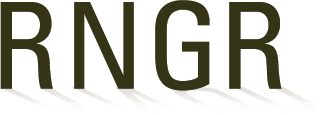Portulacaceae (Calandrinia)
Calandrinia (ciliata)
Portulacaceae
Bitterroot Family
Calandrinia
ciliata
(Ruiz & Pav¢n) DC.
Calandrinia
ciliata
Variety
menziesii
(Ruiz & Pav¢n) DC.
(Hook.) J.F. Macbr.
Fringed redmaids
CALCIL
Marin County, California
C. ciliata is found in open grassy places and cultivated fields, open forest and near desert edge; from British Columbia south to Lower California, Arizona, and Sonoran Mexico.
plants
seed
Container (plug)
Deepot 16
0
Height: N/A
Caliper: N/A
Root System: Firm plug in container.
Seeds are collected between April 27th and June 9th.
As fruits develop, stems turn pink: elongated fruits mature from base of stalk outwards. Collect mature fruits when they are brown and begin to open.
Seed is light gray at maturity.
Seed Cleaning:Rub dry fruits on #12 screen to separate fruits from some of the chaff; check open fruits to see if seeds have fallen out. Chaff is equal weight to seeds- Do not winnow.
Storage Conditions: Seeds are kept dry and stored in a refrigerator.
N/A
Fully Controlled Greenhouse.
Sowing Method: Direct Seeding.
1 seed is sown per container.
Containers are watered in with an automatic irrigation system.
Media used is standard potting mix of peat moss, fir bark, perlite, and sand.
Container Size: 2"x7" tubes (Deepot 16).
% Germination: N/A
A California Flora and Supplement, Munz, P., University of California Press, Berkeley and London, 1973.
Young, Betty. 2001. Propagation protocol for production of Container (plug) Calandrinia ciliata (Ruiz & Pav¢n) DC. plants Deepot 16; San Francisco, California. In: Native Plant Network. URL: https://NativePlantNetwork.org (accessed 2025/07/16). US Department of Agriculture, Forest Service, National Center for Reforestation, Nurseries, and Genetic Resources.





